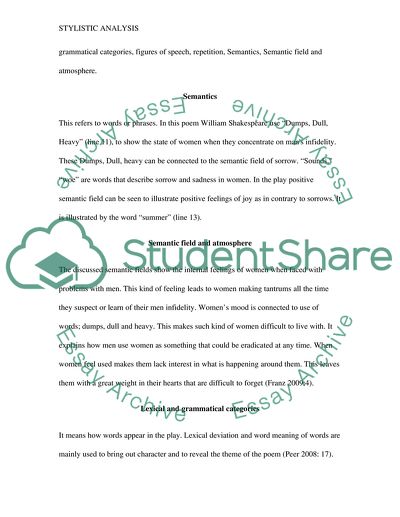Cite this document
(“Stylistic analysis Essay Example | Topics and Well Written Essays - 2500 words”, n.d.)
Retrieved from https://studentshare.org/humanitarian/1654433-stylistic-analysis
Retrieved from https://studentshare.org/humanitarian/1654433-stylistic-analysis
(Stylistic Analysis Essay Example | Topics and Well Written Essays - 2500 Words)
https://studentshare.org/humanitarian/1654433-stylistic-analysis.
https://studentshare.org/humanitarian/1654433-stylistic-analysis.
“Stylistic Analysis Essay Example | Topics and Well Written Essays - 2500 Words”, n.d. https://studentshare.org/humanitarian/1654433-stylistic-analysis.


